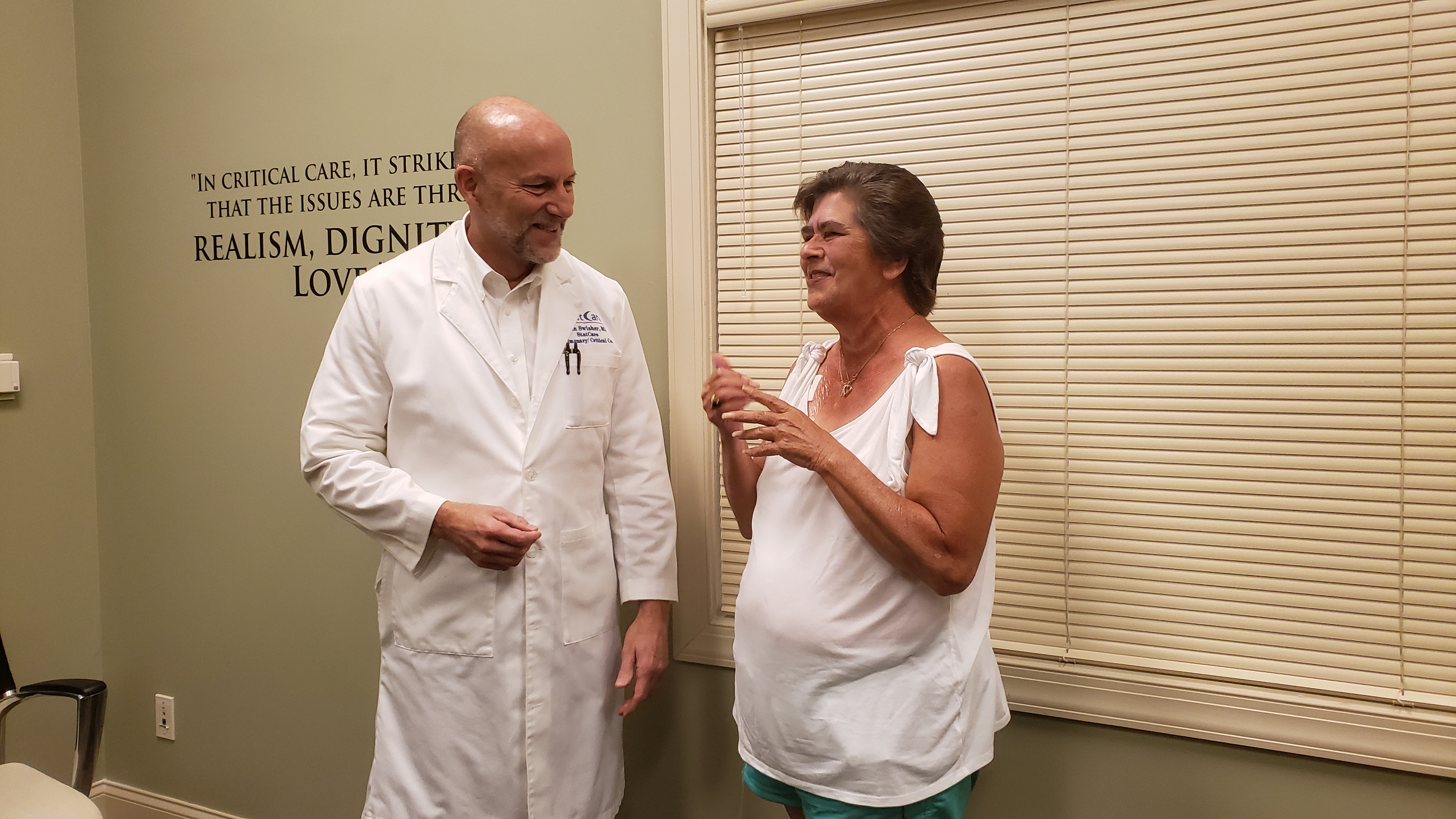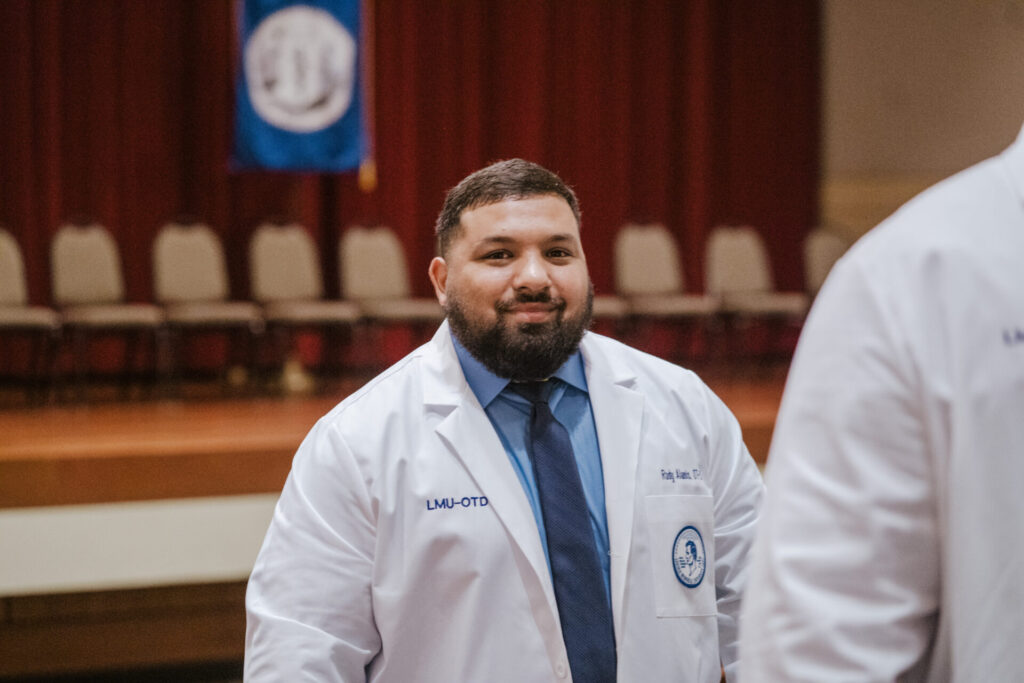- Find a DoctorDoctors by Specialty
- Cardiac Electrophysiology
- Cardiology
- Colon & Rectal Surgery
- Family Medicine
- Gastroenterology
- General & Vascular Surgery
- Gynecological Oncology
- Gynecology
- Infectious Disease
- Internal Medicine
- Interventional Cardiology
- Interventional Radiology
- Nephrology
- Neurology
- Neurosurgery
- Obstetrics & Gynecology
- Oncology
- Oncology & Hematology
- Orthopedic Surgery
- Otolaryngology
- Perinatology
- Psychiatry
- Pulmonary Medicine
- Radiation Oncology
- Rheumatology
- Sleep Medicine
- Thoracic Surgery
- Urology
- View All Doctors
- Our ServicesMedical Services
- Bariatric Services
- Behavioral & Mental Health
- Breast Care
- Cancer Care
- Critical Care
- Ear, Nose, & Throat
- Emergency Services
- Gastroenterology
- Glossary
- Heart Care
- Home Care
- Hospice & Palliative Care
- Imaging & Diagnostics
- Long-Term Care
- Nephrology
- Orthopedics
- Primary Care
- Rehabilitation Therapies
- Robotic-Assisted Surgery
- Sleep Services
- Spine Care
- Stroke Care
- Surgery Services
- Telehealth Services
- Urology
- Urgent Care
- Virtual Urgent Care
- Women’s Services
- Wound Care
- Our Locations
- Patients & Visitors
- About Us
 Getting a glimpse of herself in the mirror, Gail Barnhill noticed something disturbing. Her lips were blue.
Getting a glimpse of herself in the mirror, Gail Barnhill noticed something disturbing. Her lips were blue.
After several years of struggling to breathe, she had an appointment scheduled with a Fort Sanders Regional Medical Center pulmonologist – an appointment that turned out to be just in time.
Fighting to breathe
“I figured I had some kind of problem,” Barnhill says. “I would walk over to my sister’s house next door and about halfway I would have to stop to get my breath.”
Barnhill pauses to emphasize just how bad her condition was. “I literally could not breathe,” Barnhill says.
There were chest pains, too. At times the pain was so intense she couldn’t even speak. She had become almost completely disabled and breathing exhausted her.
Her physician couldn’t pinpoint the cause of her symptoms, and he set up an appointment for her to meet Fort Sanders Regional Medical Center pulmonologist John Swisher, PhD, MD. Barnhill’s first visit to Dr. Swisher was the day her lips turned blue.
Barnhill learned she was at risk of dying within six months if her symptoms continued to go untreated.
A quiet culprit
Pulmonary hypertension is a type of high blood pressure that affects arteries in the lungs and the right side of the heart. The cause remains unknown. The condition is difficult to recognize and is often misdiagnosed.
“I would be at work, and I would have these spells where I would feel like I was having a heart attack,” Barnhill says. “One day it was so bad that I couldn’t stand it, so I went to Fort Sanders Regional. I walked in and I told them I was having bad chest pains. They took me straight back.”
A cardiologist was brought in with Dr. Swisher, who wanted to be present for Barnhill’s echocardiogram. The test gave Dr. Swisher the information he needed to confirm what he suspected.
Barnhill recalls, “He came in the room and looked at me and said, ‘You have hypertensive pulmonary lung disease.’ I had never heard of it.”
According to Barnhill, she didn’t care what it was called. She was just glad to finally have the right diagnosis and hope for relief.
“Everybody was telling me I had asthma,” Barnhill says. “I don’t have asthma. It was this.”
An accredited center
Fort Sanders Regional Medical Center is home to an accredited Pulmonary Hypertension Comprehensive Care Center, providing inpatient care and the latest treatments for the condition. Dr. Swisher developed an aggressive treatment plan that would work for Barnhill. She immediately began taking two oral medications and a continuous IV infusion of a third.
The results have been remarkable. Barnhill has gone from not being able to do much of anything to doing just about anything she wants to.
“It’s wonderful!” shel says. “I thank God every day for Dr. Swisher. He is amazing.”
She goes for walks and is an active volunteer at her church, cooking meals for people in need. She no longer has to stop every few minutes to rest.
Her oxygen tank has been left behind in favor of a small pouch about the size of a “fanny pack.” The pouch gives her a discreet, continuous infusion of medicine.
“I made it my pocketbook, my medicine bag – my ‘everything bag,’” Barnhill says. “I don’t sit at home. I go out and do things. I wrap it around my waist and I go!”
Dr. Swisher says Barnhill has made so much progress that she might soon be able to replace the IV with an oral medication, setting her free from even her medicine pouch.
Barnhill realizes she’s lucky. The success of the treatment depends heavily on catching the disease early. Because of that, she has a word of warning for anyone who struggles with shortness of breath.
“Keep a good check on yourself and see your doctor when you have shortness of breath – no matter what.”

























